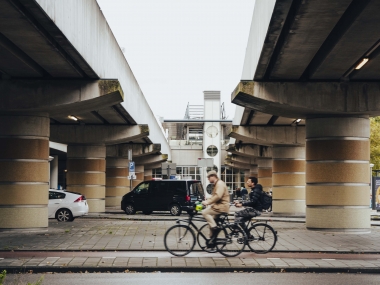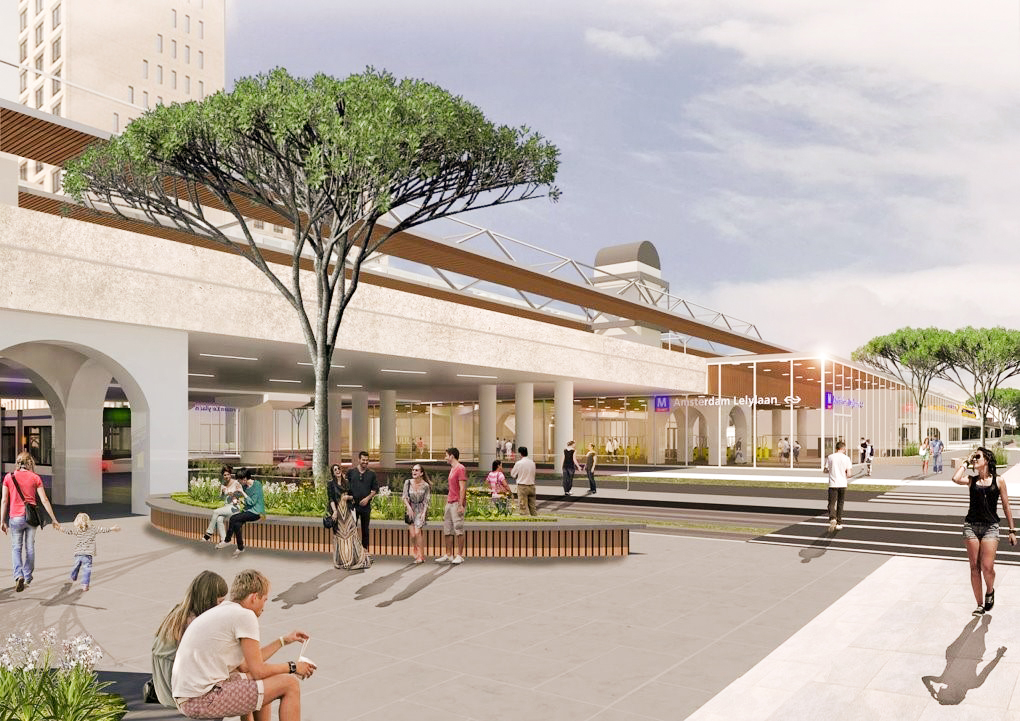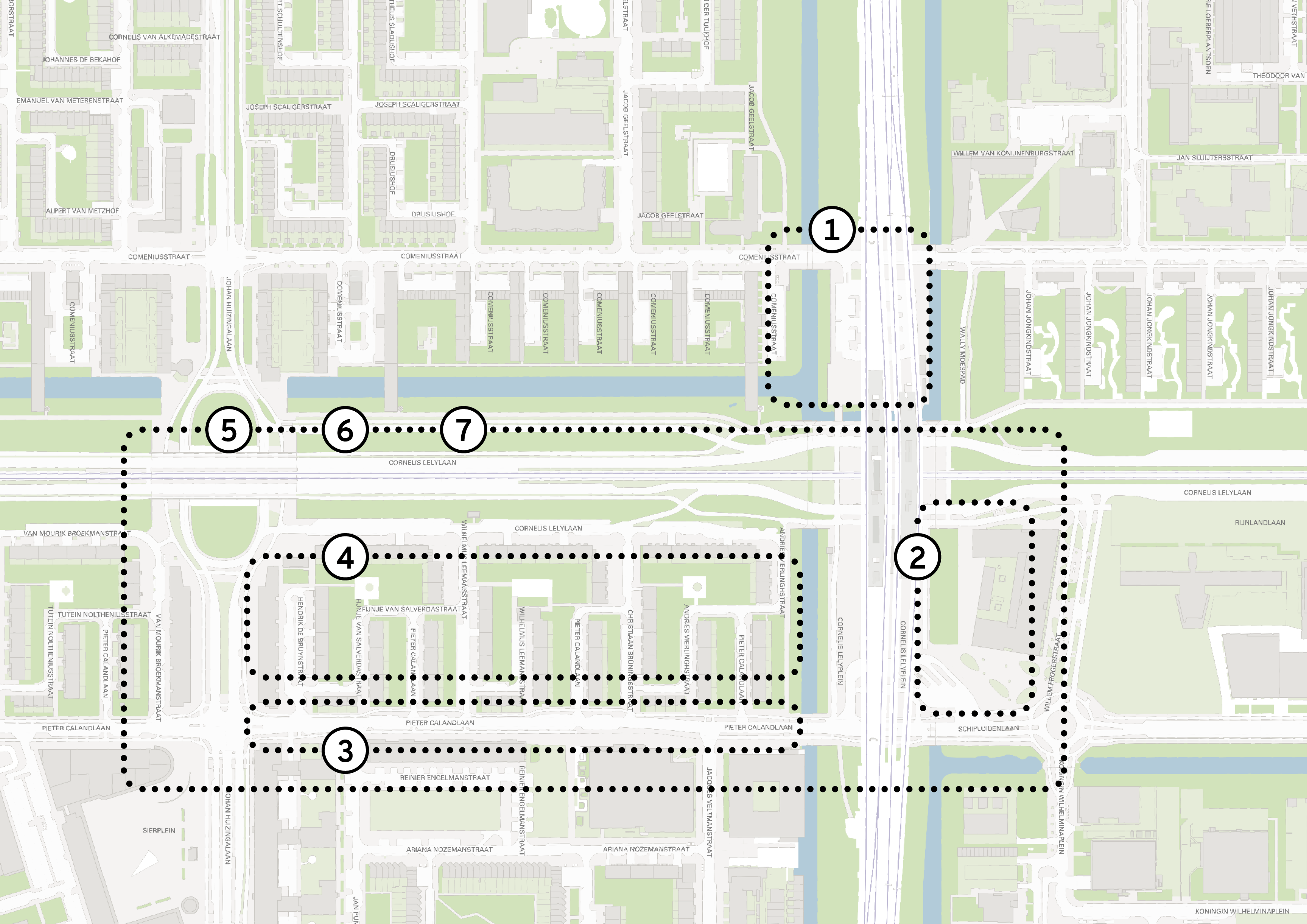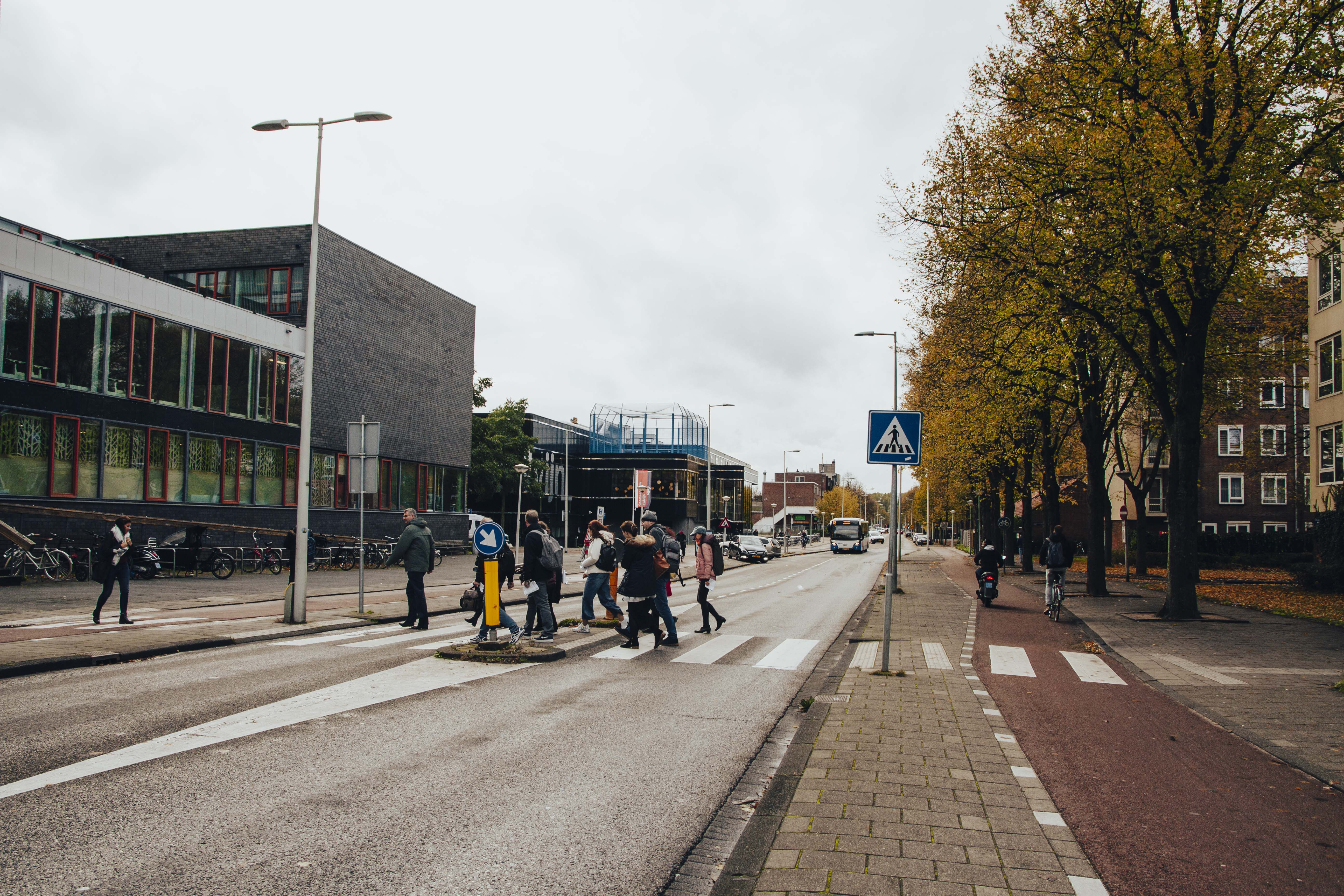Public space: connecting mobility infrastructure to the community
Edited on
17 May 2022A journey always starts at the front door of your home, workplace or other location. It doesn't start at the stop where you get on a tram or metro. The Vervoerregio is committed to making door-to-door travel carefree and seamless so that everyone can continue to travel smartly, safely and sustainably. This can only be achieved by working well together and improving, amongst others, the public space leading to mobility services. The Vervoerregio will develop in the coming years as the leading transport authority within our own region and beyond.

Besides the ambition to create an accessible metropolis, the Vervoerregio also has eye for the quality of life. This is nowadays one of the leading socio-economic and political topics. Although the quality of life is a difficult objective to measure, it is one of the most important issues in sustainable urban planning for metropolises. The Vervoerregio finds it important to look beyond just roads, rails and vehicles. The traffic and transport system can only work properly if it is seamlessly connected to its environment and it is safe and pleasant for its users.
In the RiConnect project, the Vervoerregio is seeking ways to integrate the Lelylaan station into the neighbourhood and to connect it to its surroundings. The Vervoerregio aims to find examples and input on how the participation of different stakeholders can help the to achieve the strategic goals:
- A nice and safe travel experience
- More attention to comfort, experience, safety and information
- Mobility and surroundings are matched
- More attention to fitting in and spatial quality
- Close proximity of daily activities
- Strengthen the compaction task
URBACT project is co-financed by the European Regional Development Fund. The Vervoerregio is actively participating in this international program in collaboration with the Poort van West project (the renewal of Lelylaan station). The aim of the renovation of Lelylaan station is to improve social safety, quality of stay, orientation and recognisability. However, the Vervoerregio sees opportunities here to do more than improve the station by seeking more connection and cohesion with the environment of the station.

Public realm proposal for Lelylaan station. Credit VA.
The RiConnect project will help to give the Vervoerregio a better insight in all the possibilities in cooperation on local level. One can think of experimenting with soft actions, get the potential out of the streets, including stakeholders in decision-making and integrating the infrastructure in the neighbourhood. These goals will help the Vervoerregio to create more commitment to the public space. In the end it will be in favor of the travellers, who will experience a nicer and a better door-to-door journey. The RiConnect project will provide the Vervoerregio the tools to grow in their new ambitions and to be a more complete organization.
In cooperation with the Urban Local Group (ULG) seven actions have been icreated. The ULG consists of people who have been invited through announcements in local newspapers, through a local community center, a private home owner collaboration, and people who have been invited by those people. The RiConnect project teaches the importance of involving stakeholders in interactive decision-making. The main motives to involve the ULG is to improve the quality of decision-making by using the information, solution and input of various actors and to bridge the cleavage between citizens and elected politicians.
The project site is shown in the map below. The aimed places of the actions are marked on the map.

Areas of intervention.
The goals of the actions:
1. Lelylaan Recreational Space
- The goal is to make the marked space on the map more open and inviting. To make the area a playful space neighbours want to reside rather than flee. The water that is around the area should be more integrated with the rest of the place, which will also give the whole area a more open feeling.

2. Activate Bar Lely
- The goal is to activate the square in front of Bar LELY. This will have a big effect on the station and the whole area. If this space is vibrant it will contribute to the success of the station after renovation, something especially important for de Vervoerregio. People will want to reside and visit the area rather than espace it.
3. Street conversion Pieter Calandlaan
- The goal is to get the potential out of the street and to upgrade the quality of the most important corridor to the station and make it more friendly for cyclists, pedestrians and children.

4. Activation of the courtyards
- The goal of this action is to activate the green spaces near the housing buildings and to better the quality of living, also possibly adding alternative, fun walking routes to the station.
5. Lelylaan walking route
- The goal of this action is to encourage people in the neighbourhood and people who make use of the station to make more use of walking areas.
6. Lelylaan as an artspace
- The goal of this action is to invite people to really make use of the area, to reside instead of fleeing the area as soon as exiting the station.
7. Neighbourhood Management
- The goal of this action is to centralize all information on what is happening in the neighbourhood and to create a sense of community in the area.
We hope to create an initial internal understanding for cooperation in European projects so that internal processes for future European engagement are ready, as we think this is vital to reinventing and innovating the Vervoerregio. Furthermore, we expect to improve our knowledge on how to integrate urban development and infrastructure, specifically establishing Lelylaan Station as a part of the Nieuw-West neighbourhood rather than as a different entity, as it is perceived now.

Public space reactivation in Heesterveld, Amsterdam.
Image credits: Stela Salinas
 Submitted by Mikel Berra-Sandín on
Submitted by Mikel Berra-Sandín on

